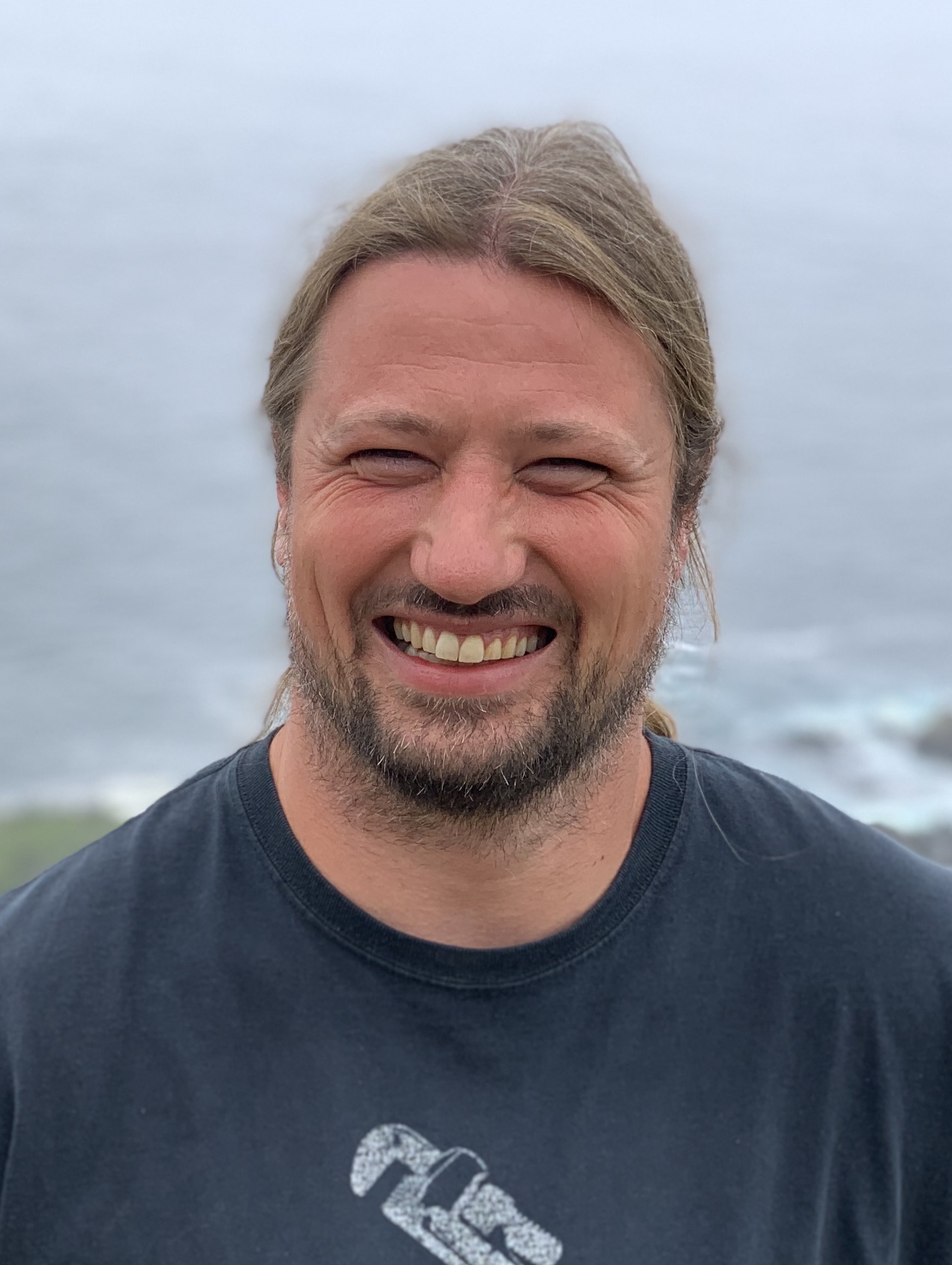Links I like
The links on this page are a mixed bag of things I enjoy, find useful, or that have impacted my life one way or another. In addition to being useful, they also provide a window into my personal life and interests, as I believe you can never truly separate the science from the scientist.
Science
On this site I use and discuss several resources that help me think about the microbial world. Here are the ones I use most heavily, with a brief description of each:
GTDB
When thinking about the microbial world and its staggering diversity, having a framework to put all these tiny organisms in is incredibly helpful.
The tree of life has long been a major organizing priciple of biology,
and the Genome Taxonomy DataBase (GTDB) is an ongoing effort to use modern genome data to provide a consistent organization of Bacteria and Archaea.
For those of you who, like me, have a hard time keeping track of clades getting renamed check out their taxon history tool.
iToL
Visualizing phylogenetic trees, whether representing organism evolution or relationships within protein families, is a core part of biological science.
The Interactive Tree of Life (iToL) provides the a great way of viewing and customizing phylogenies.
Be sure to check out their tree annotation options!
After years of being a free resource, rising maintenance cost forced iToL to transition to a subsciption model in October 2020.
Annotree
Knowledge on the distribution of traits across the microbial world is useful for the interpretation of microbial ecology and ecosystem function,
and provides insight in the evolutionary history of traits. Annotree is an amazing tool
built by the Doxey Lab that allows quick exploration of distribution of a gene (or a set of genes) across the tree of life.
Annotree merges the GTDB framework with KEGG, PFAM,
and TIGRFAM annotation for a wonderful, intuitive,
phylogenetically guided exploration of gene & trait presence/absence.
Anvi’o
Anvi’o is a tool originally designed by A. Murat Eren (who goes by Meren) to display and process metagenome
sequencing data mapped onto a reference sequence. The primary use for its original design was retrieving genomes from metagenomes, but even before Anvi’o
was formally published it was clear that the platform had much broader potential.
Meren and coworkers have continued to develop Anvi’o into the most comprehensive ‘omics analysis platform I know of,
while actively incorporating features suggested by the community. As of 2020, whether you are doing metagenomics, pangenomics, phylogenomics,
or a host of other applications (see all available tools here), Anvi’o is the way to go!
The one caveat is that it has a bit of a steep learning curve, but there are lots of resources
to help you get going.
Rugby
I’ve started playing rugby relatively late in life, while working on an internship at MIT I joined MIT Rugby. This was the first time I lived and worked in another country, and the rugby team was a big part of making that time and amazing experience. When returning home for graduate school, I searched out NSRV Obelix in my hometown of Nijmegen, where i slowly got the hang of the game. The mix of grit and camaraderie you find in a rugby team make rugby a wonderful sport, especially if you find yourself moving to different countries. Finally, after moving to Pasadena for a Postdoc, I found Pasadena Rugby, where I still play today.
Travel
Traveling the world and seeing its sights and (perhaps most importantly) interacting with people with completely different perspectives is an amazing experience. Working in science allows me to travel for work occasionally, such as for fieldwork or when taking time to explore after a conference, or even live abroad which for me meant moving to Boston for a few months, and several years later to LA. Working in science also means working with colleagues and friends from all over the world, which is always interesting. Finally I’m an avid traveller in my free time, from hitchhiking around Europe, to motorcycle travel in California and Africa, and “crazy” road trips with friends. The latter contributed to one of those friends (Joost Smets, who planned all of them) starting his own travel agency for journeys to unconventional destinations: This far and beyond (Tot hier en verder, link in Dutch).
(Web)comics and graphic novels
Sometime in college, one of my roommates bought some graphic novels, and as a consequence got me seriously addicted visual storytelling. While I think there are great stories in the main Marvel and DC universes, I most enjoy creator owned work where the creator, or creative team, stays constant. There are many many wonderful books like that published in the traditional way through (for example) DCs Vertigo imprint, Image, and Dark Horse. But webcomics (combined with crowdfunding) have allowed people to sidestep the traditional process and share their stories more directly. Some of favourite examples are:
- Ursula Vernon’s Digger, a sprawling epic story about a lost wombat.
- Evan Dahm’s boundlessly creative Overside stories Rice Boy, Order of Tales, and Vattu (story still unfolding).
- Christopher Baldiwn’s space opera comedy Spacetrawler, now in it’s third series.
- Der-shing Helmer’s mars musing Mare Internum, as well as fantasy epic The Meek (seemingly on hiatus).
- Minna Sundberg’s post-apocalyptic, cat-infused, Scandinavian story Stand Still and Stay Silent.
- Michelle Czajkowsi’s ongoing absolutely gorgeous space fantasy story Ava’s Demon.
- Tom Siddell’s Gunnerkrigg Court about nature, magic, robots, growing up, and many many other things.
- Anthony Clark & KC Green’s wonderfully weird BACK.
- And, of course, the ever entertaining xkcd by Randall Munroe
